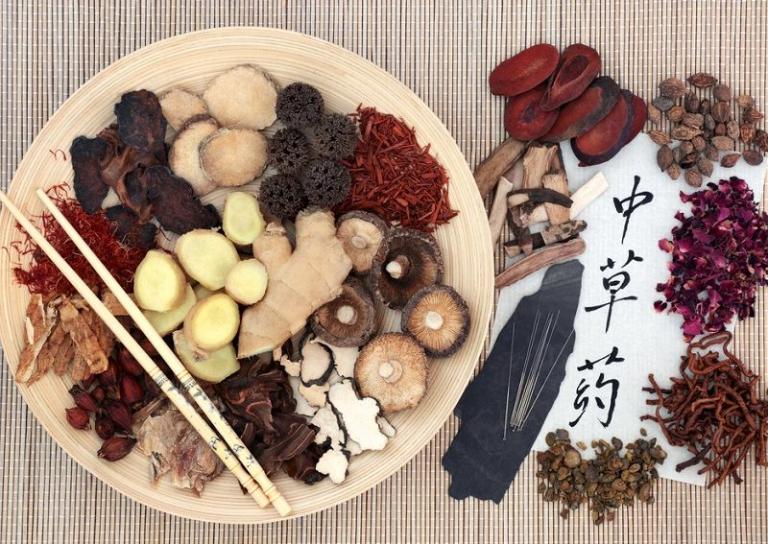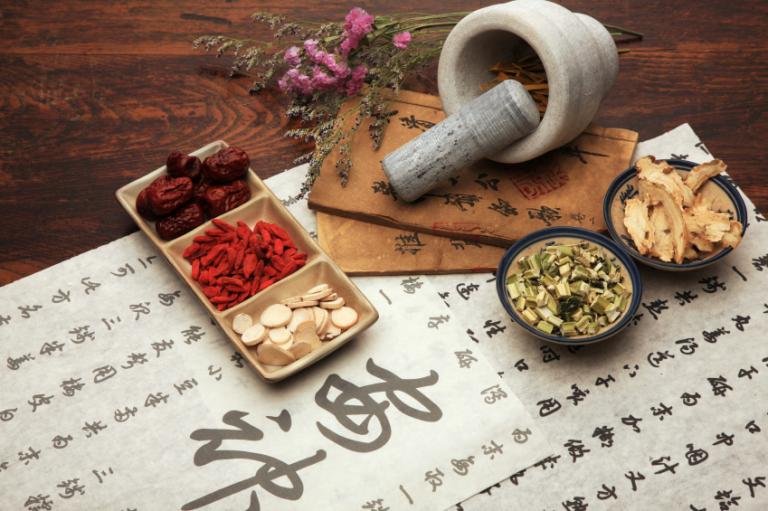The role of Chinese herbal medicine
3 min readAccording to ancient Chinese philosophy and Confucianism, the universe is composed of myriad elements. Despite the constantly changing relationship among these elements, natural phenomena are generally relatively stable, existing in a state of relative balance known as hehe(Harmony and Integra-tion). The quest for Harmony and Integration reflects the interdependence of all material and nonma-terial phenomena, as conflicting elements come together to optimize form and function.

The concept of Harmony and Integration deeply influenced the theoretical development of traditional Chinese medicine, from the fundamental theories of Yin-Yang and the Five Elements to concepts in-cluding”the Unity of Humanity and Nature”and “the Unity of Form and Spirit.”Related therapeutic principles include “When Yin and Yang are in harmony, physical and mental activities function prop erly”and”Carefully regulate Yin and Yang to maintain balance.”Chinese herbal medicine classifies medicinal substances according to their functions and how they interact with each other. The principles of the Compatibility of Medicines, Harmony and Integration, and the Seven Interactions are utilized to merge the various components of traditional herbal remedies into effective therapeutic compounds.The Seven Interactions describe the mutual influence of different herbs. Danxing(individual use)refers to substances that are effective when used alone.
The other six interactions are xiangxu(syner-gistic,i.e. substances of similar nature reinforce each other); xiangshi(enhancing,i.e. one substance enhances the effect of the other); xiangwei(inhibiting,i.e. one substance reduces the side effects of the other), xiangsha(detoxifying,i.e. one substance reduces the toxicity of the other), xiangwu(antagonis-tic,i.e. one substance reduces the desired effect of the other), and xiangfan(incompatible,i.e. the com-bination yields toxic reaction or side effects).Xiangxu(synergistic) and xiangshi(enhancing) interactions alleviate conflict, optimize structure and function, and harmonize the components of a herbal compound. These combinations are commonly used in clinical practice. Xiangwei(inhibiting) and xiangsha(detoxifying) interactions reduce the toxic-ity or side effects of one of the components, and also have clinical applications. Xiangwu(antagonistic)or xiangfan(incompatible) interactions are deleterious and should be avoided. Herbs that interact in-harmoniously should not be combined.The components of herbal compounds are classified into functional categories known as Sovereign, Minister, Assistant, and Envoy. These functional roles are similar to social divisions of labor.
The Sov-ereign component treats primary symptoms. It plays the leading role in treating disease and is theformula’s principal component. The Minister component may assist the Sovereign in treating primary symptoms, or may treat coexisting symptoms. The Assistant component has three functions. First, it may assist the Sovereign or Minister in treating primary symptoms, or it may treat coexisting symp-toms. Second, it may eliminate or moderate toxic or extreme effects of the Sovereign or Minister. Third, it may contribute to the overall therapeutic effect of the compound by inhibiting certain attributes of the Sovereign. The Envoy component has two functions. It may guide the remedy to the diseased area, or it may harmonize the interaction between the various components.How do herbal remedies achieve the goal of Harmony and Integration? The principal consideration is to only combine herbs that supplement or complement each other. The slightest disharmony among components can cause the remedy to be ineffective. Therefore, avoiding inharmonious combinations is paramount. When combining herbs with conflicting properties, various methods must be used tointegrate them. Such combinations may be brought into harmony by adjusting relative amounts or concentrations, or by the addition of an Assistant or Envoy to serve as a mediating agent. For instance, licorice is often added to resolve disharmony among various herbs.When seeking the therapeutic goal of Harmony and Integration, herbal remedies are generally used for their overall regulating effect, rather than specifically to supplement deficiency or dispel excess.
For instance, they may be used to restore the balance between Yin and Yang, zang and fu organs, or Qiand blood. They also may be used to retain beneficial Qi when detrimental Qimust be dispelled, or to pre-vent detrimental Qi from being retained when beneficial Qi must be supplemented.Chinese herbal remedies combine and harmonize the effects of a number of different herbs.The Chi-nese word for herbal compounds,fangji,signifies the integration of disparate elements into a unified whole.After the components of a compound are determined,they must still be adjusted and processed to moderate any excessive or insufficient effects.The result is an effective holistic remedy.









